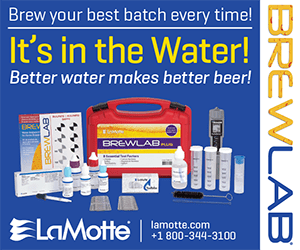Bottle Conditioning Brett Beers
Q: Do the same priming sugar calculations apply when bottling a 100% Brett fermented beer? Should I expect it to take longer for the bottles to prime since Brett tends to ferment slower?
— Peter Kraemer • Madison, Wisconsin
A: Brettanomyces yeast strains are so-called super attenuators because they secrete enzymes that break down carbohydrate dextrins that remain in wort following mashing. The products of these enzymatic reactions are fermentable.
So in a Brett fermentation the beer is either very dry at the time of bottling or will become very dry after bottling. The most important thing you can never forget about Brett beers is that you can quickly end up with bottle bombs if you are not very careful. Most homebrewers have limited laboratory and pre-bottling testing ability. The best deterrent of the bottle bomb problem is complete fermentation prior to bottling. This may take a couple of months to occur, but beats bottling beer and ending up with a problem.
On the other hand, if you are brewing a beer like Orval that is expected to morph during bottle aging, you need to use Champagne bottles. Assuming the fermentation is complete the priming rules are the same. If you want faster conditioning you may want to use fresh Saccharomyces yeast when bottling. But you always must be aware that Brett will dry beers out over time and lead to increased carbonation levels if the beer is bottled with residual dextrins floating about.
I recently had a bottle of Green Flash Rayon Vert that was a couple of years old; this beer had a massive level of carbonation that developed in the bottle and accompanying level of Brett assertiveness. This beer was also bottled in glass intended to withstand the pressure developed during aging. Best of luck with your Brett brew!



